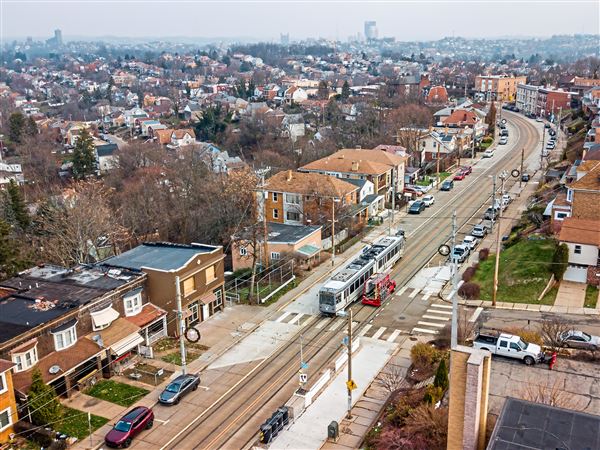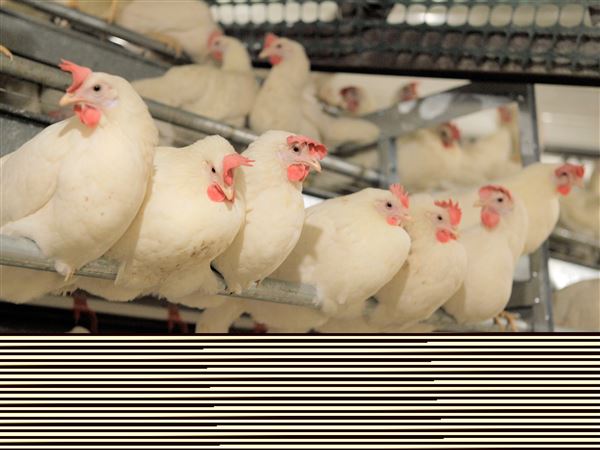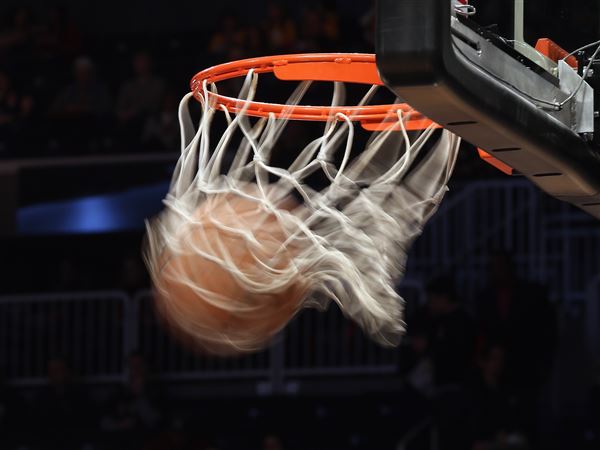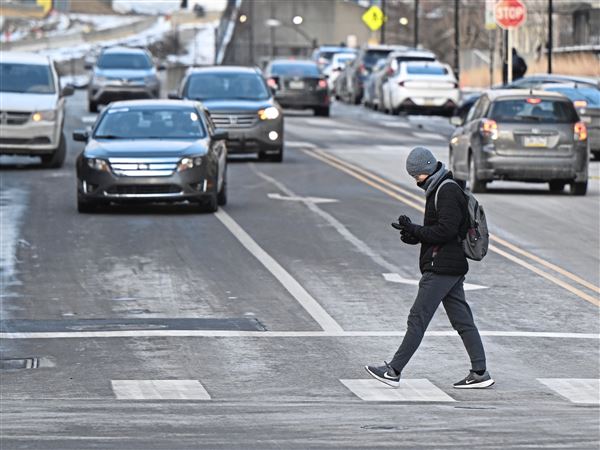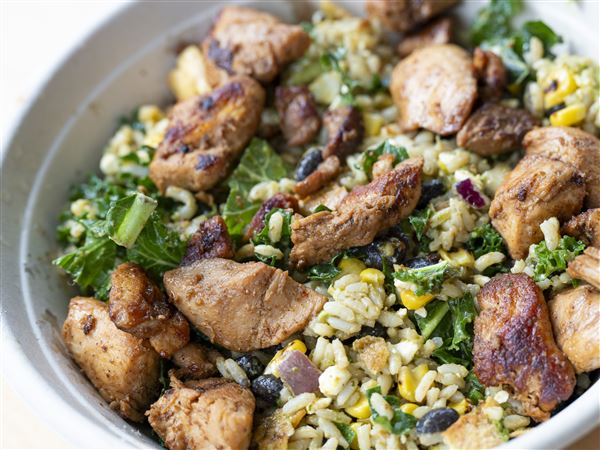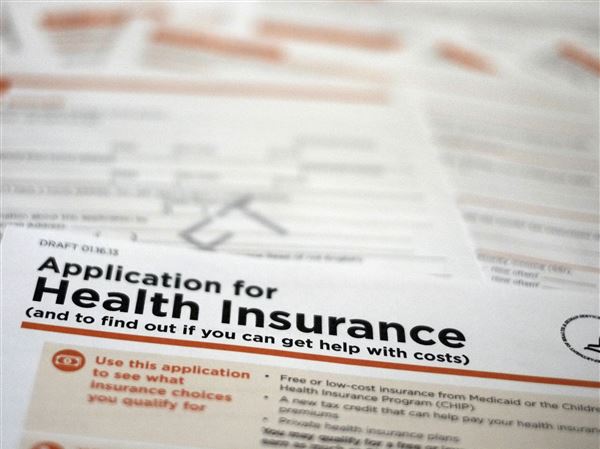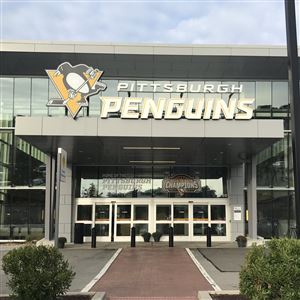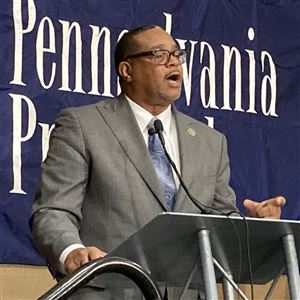This story was updated June 5, 2020, to include information about the Penguins’ return plans:
The NHL will inch a little closer to a possible return Monday, when the league moves into Phase 2 of its return-to-play plan.
In Phase 2, clubs are permitted to reopen their practice facilities. These on-ice and off-ice sessions will be voluntary and player-led in small groups of six or fewer. Coaches employed by the team are not permitted to attend.
The Penguins plan to hold pre-participation medical evaluations Monday. Workouts will begin Tuesday. Media members and fans will not be permitted at UPMC Lemieux Sports Complex at this time.
In a statement released Thursday, the NHL said teams must follow the guidelines set forth in the Phase 2 Protocol. As a part of those guidelines, players will be tested for COVID-19 at least 48 hours before entering the team facility and will then be tested several times a week throughout Phase 2.
It’s unclear exactly how long the league will remain in this stage before moving on to Phase 3, which will be a formal training camp, but Sportsnet reported last week that the training camps won’t begin until at least July 10. Many players estimate these camps will need to be about three weeks, which means hockey won’t return to our TV screens until the final days of July or early August — at the earliest.
Also on Thursday, the NHL put the finishing touches on the 24-team, return-to-play playoff format that was announced last week. This announcement formalizes a few final details, including series length, reseeding and the specifics of a three-game round robin.
In terms of series length, the qualifying round will be best-of-five. After that, all series will be best-of-seven. The NHL had initially considered best-of-five in the so-called “first round” of 16 teams and “second round” of eight, which would have reduced the playoffs by about eight days. But the players were in favor of longer series, including Penguins player rep Kris Letang.
“Everyone is used to best-of-seven,” Letang said last week on a conference call with Pittsburgh reporters. “You know how it feels when you lose the first two or win the first two. You know all the scenarios you can go through in a best-of-seven.”
Secondly, the league had considered a straight bracket-style tournament. But after pushback from players, the NHL decided that every round will be reseeded. For example, the No. 5 seeded Penguins are currently slated to play the No. 4 seed if they advance past the qualifying round. If the No. 12 seeded Montreal Canadiens upset the Penguins, they will instead play the No. 1 seed.
Finally, speaking of seeding, the top four teams in each conference will earn a bye to the first round. But they won’t just be sitting around. While the qualifying round is going on, the top four teams will compete in a three-game round robin to determine who earns the top four seeds. Regular season points percentage will serve as the tiebreaker. This means that after the qualifying round, the Penguins could play the Boston Bruins, Tampa Bay Lightning, Washington Capitals or Philadelphia Flyers.
Even with the last details of the 24-team plan ironed out and a date set for on-ice workouts to begin, there are still a number of questions that need to be answered and hurdles to be cleared before the league can officially resume games. It’s important to note that the NHL Players Association has voted only on the format and has not yet reached an overall agreement on resuming play.
Letang said last week the two main discussion points deal with player safety and whether players will be able to bring their families to hub cities. Additionally, the league still needs to announce where those hub cities will be and possible dates for a return.
While it might take several more weeks and some long hours at the negotiating table before hockey can officially return, a light is beginning to emerge at the end of the tunnel.
Mike DeFabo: mdefabo@post-gazette.com and Twitter @MikeDeFabo.
First Published: June 4, 2020, 8:15 p.m.
Updated: June 5, 2020, 12:58 a.m.
